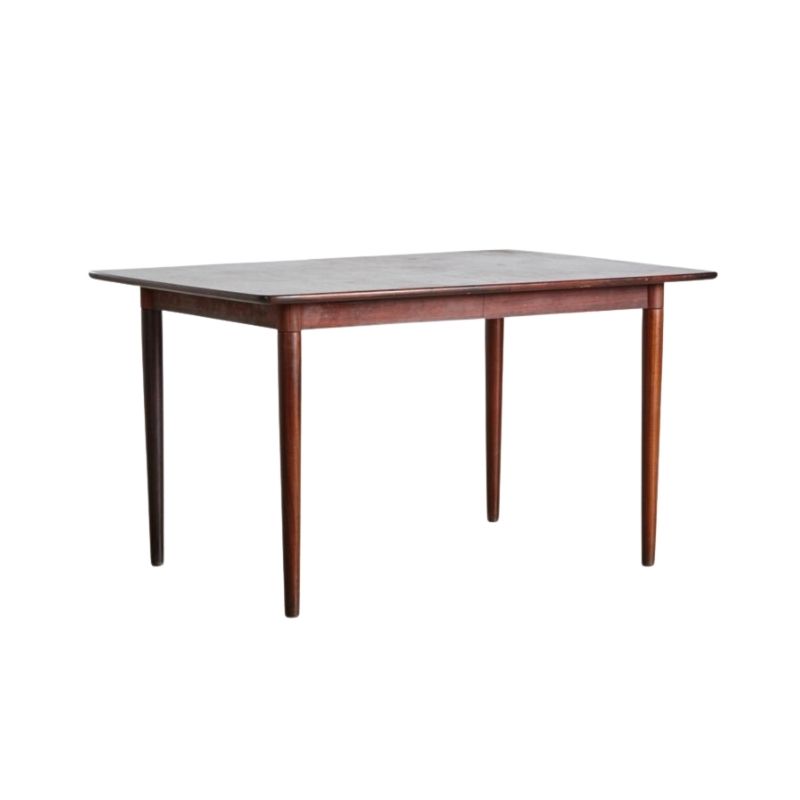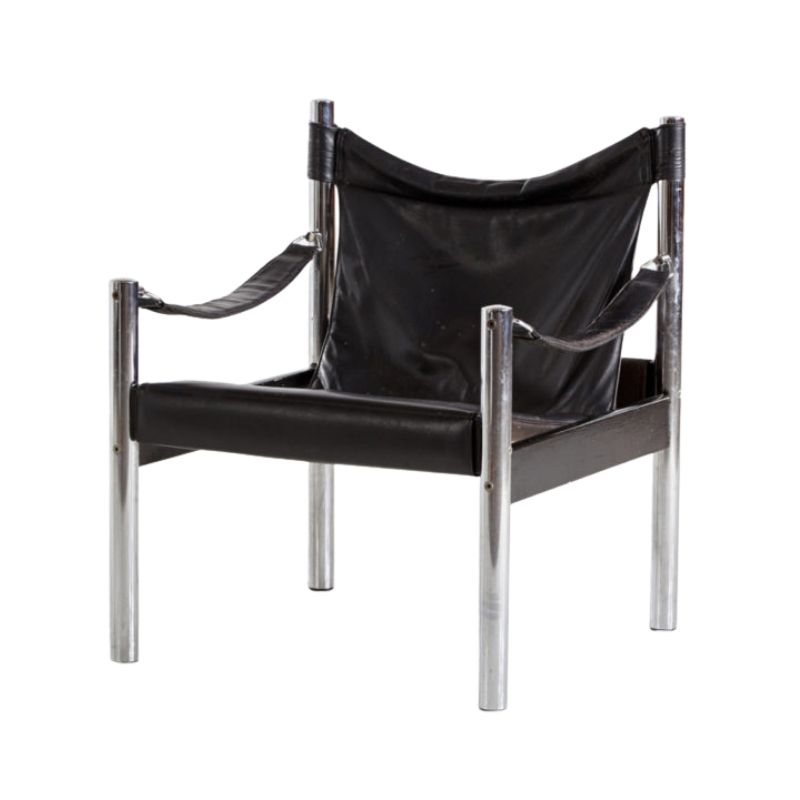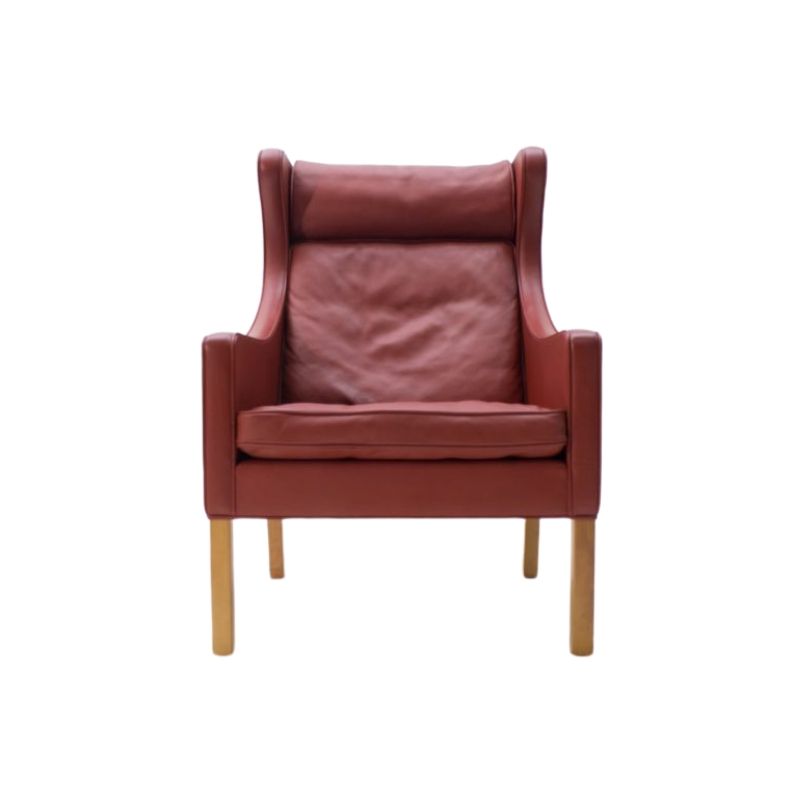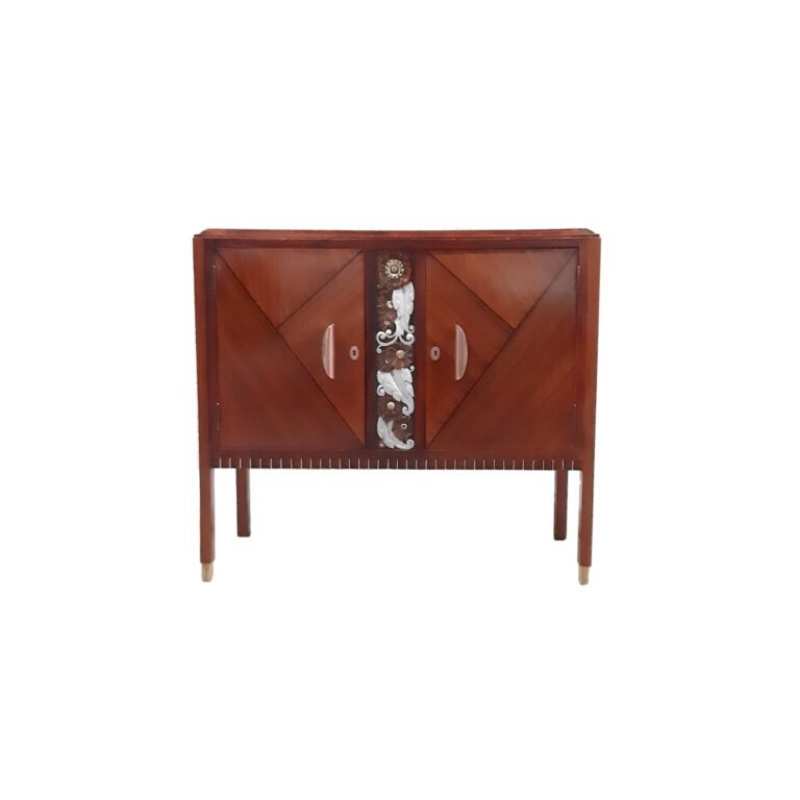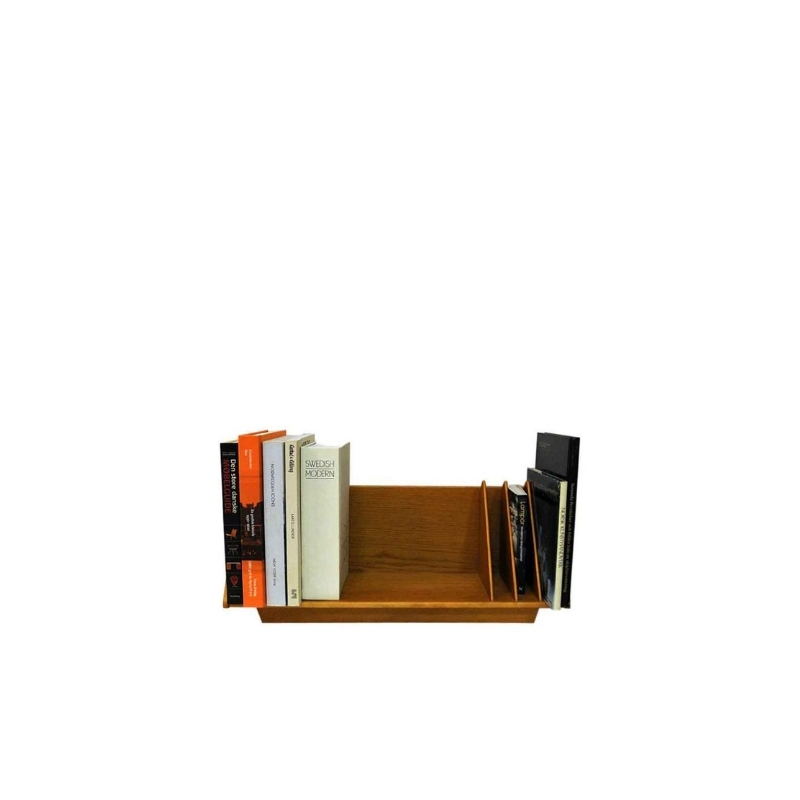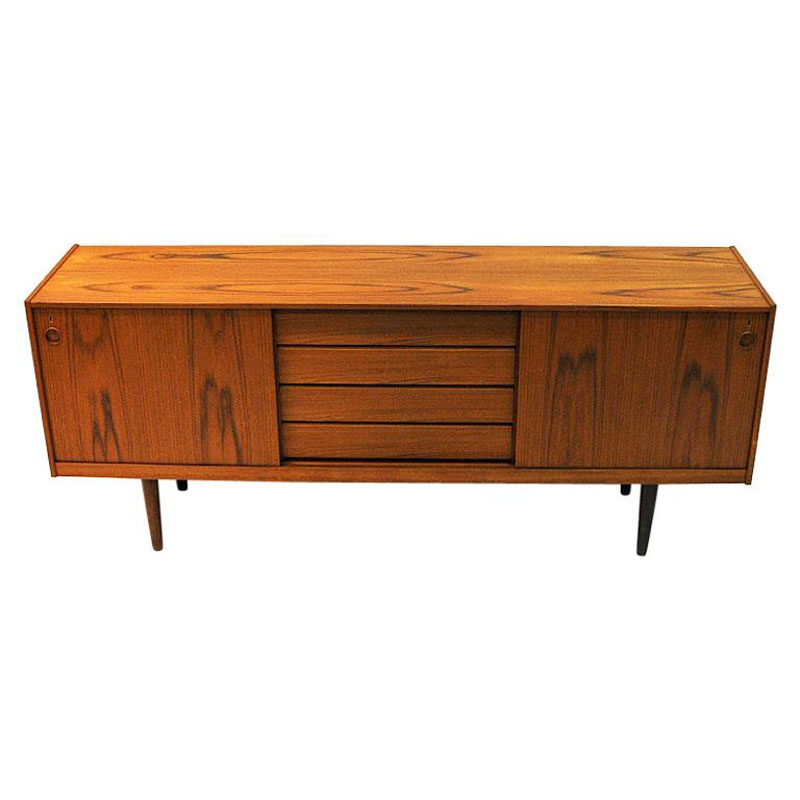Had a question concerning danish pieces made from teak and those made from afromosia. Would the same piece of furniture be priced higher if made from teak? Does the pole of desirability go as follows...rosewoodmahoganyteakafromosiaoakwalnutdanish beech I have a set of vodder ellla/ellen chairs in both teak and afromosia. Can't decide which to keep, but something about the teak grain that draws one to it. Oh well, to have such choices is quite the burden. 😉
Well, that depends on what kind of furniture we're talking about. Which country you're in. And what's "in" at the moment. Here's the current danish list in my (subjective) opinion.
rosewood
teak
afromosia
oak
walnut
mahogany
danish beech
As you can see, I simply put mahogany closer to the bottom. Although rare, it's just not a popular woodtype in Denmark at the moment. It's still pricy, but not like 10 years ago. One day it will climb up the list again when "fashion" dictates it.
I rather like Afrormosia, but I am afraid most people, probably including most serious enthusiasts and most longtime dealers don't even know what Afrormosia is. I suspect that probably does not help its value very much.
My personal list (that is not representative of anybody else):
teak, teak, more teak,
and then everything else:
afrormosia
mahogany
white oak
beech (natural)
rosewood
walnut
beech (stained)
And I will note that it bugs me to see a very nice wood like Afrormosia used as a secondary wood to teak. Poul Cadovous liked to do this. I much prefer how Ib Kofod Larsen used it as the primary and only wood for some of his most valuable and famous designs.
Personal desirability will obviously vary from individual to individual. However from value and rarity perspectives, highly-figured Brazilian rosewood (dalbergia nigra) has to stand alone at the top.
I try to acquire any reasonably priced Brazilian rosewood piece, and rarely let one go.
I'm also a big wenge fan, but that wood tended to be mostly used for Danish smalls, including Dansk's Rare Woods series.
For type of furniture commonly discussed on this forum, I'd agree with cdsilva. Rosewood stands alone at the top and beech brings up the rear with everything else making up the middle in no particular order.
Rosewood is traditionally regarded as a premium luxury good. Its density, ability to take a high polish, rich coloration and difficulty to work all contribute to its stature. I don't think it's appropriate for my house, though. Too much, like a large case piece or a dining table, would look out of place to me.
That said, I've seen spectacularly-figured examples of the more common furniture hardwoods that I'd easily put above run-of-the-mill rosewood, so, I guess it all depends on the individual piece.
It should also be considered that oak and mahogany are usually the woods of extremely rare early Danish design. And then teak took over. And towards the end rosewood was used as a more premium wood.
Economically Wegner and Mogensen could continue to see pieces executed in oak or oak teak combinations, because of their excellent design and established names. Newer or lesser known designers, newer places of production (e.g. Norway), and lower stature companies (e.g. Dyrlund) tended to make more pieces executed in rosewood for the added appeal.
@adamfowler: here is an Ib Kofod Larsen executed in Afrormosia.
http://schalling.se/furnitures/10558/ib-kofod-larsen-are-easy-chair
Leif, I agree that most people, including myself initially, are confused about afrormosia. If it is light, it looks more like walnut and when dark, it gets construed as rosewood. It definitely is a hardwood like rosewood and thus lends itself better to chairs that need a little more structural soundness. I have picked up a lot more afrormosia pieces lately (vodder chairs, r. huber & co. rocking chair, kofod larsen spear arm chair, kai kristiansen dining chairs, hovmand-olsen lounge chairs, etc.). For me, many times it depends on the grain of the wood, which is probably why rosewood gets top billing so often. People also get confused with don shoemaker pieces and think everything is rosewood when oftentimes it is bocote.
If you need any help, please contact us at – info@designaddict.com



